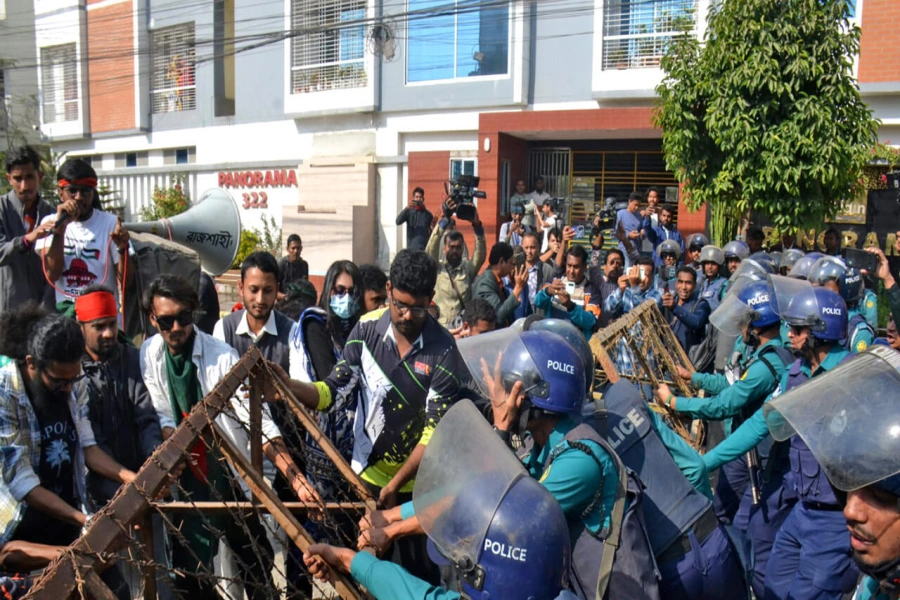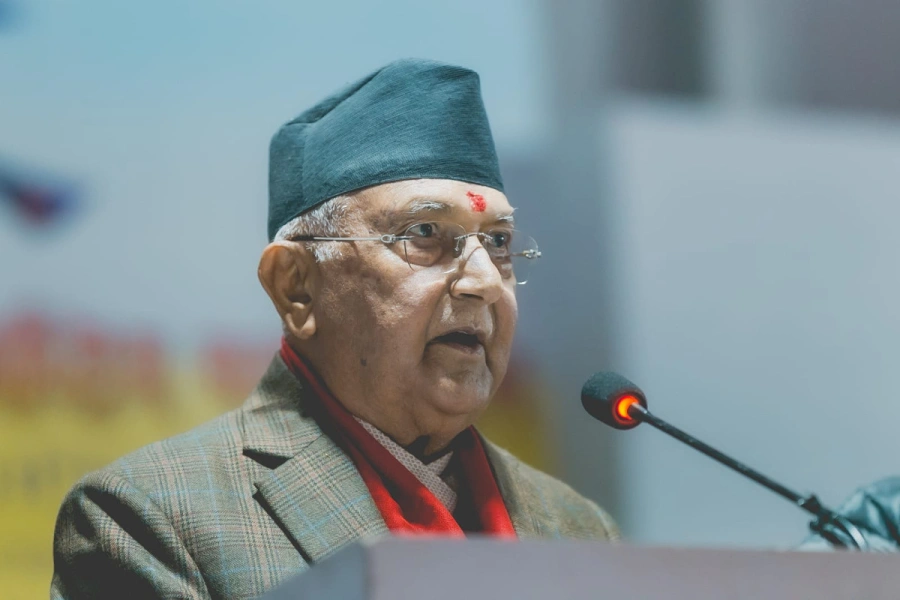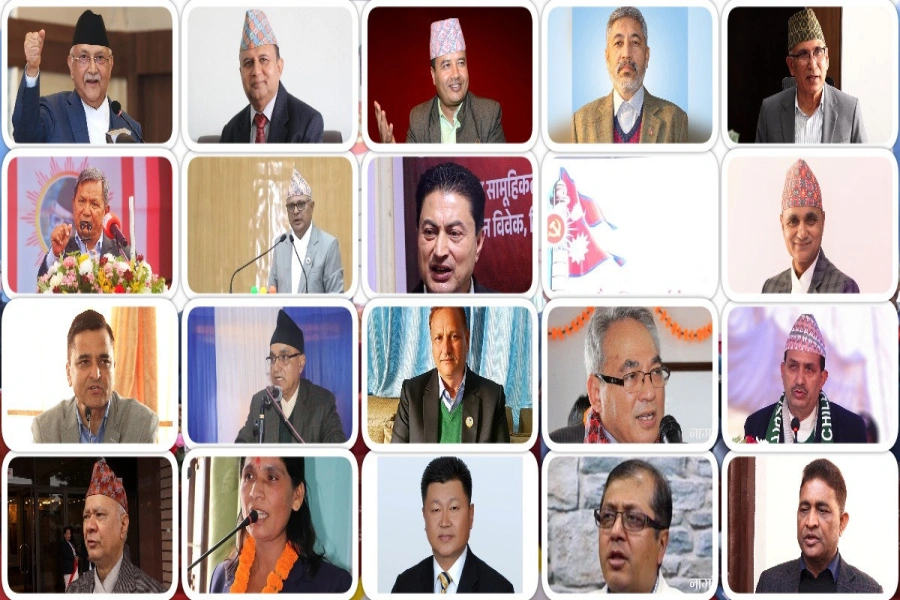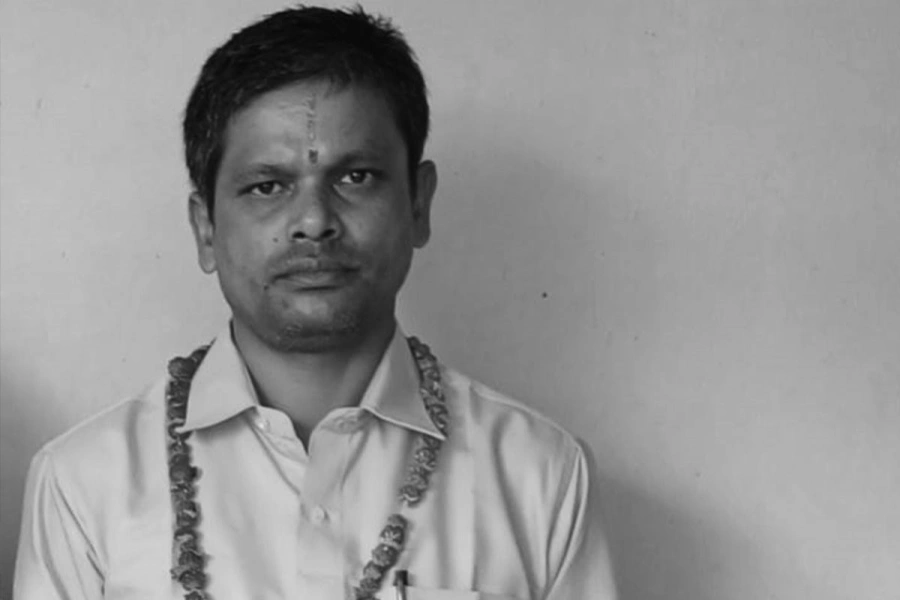Music festivals, a potent fusion of culture, tourism, and commerce, are powerful economic engines
Nepal holds untapped potential worth hundreds of millions of dollars in the global music festival scene: psychedelic trance, or psytrance, festivals. While the genre has deep roots in Goa, India, Nepal has played a significant role in its evolution and growth in the 1990s.
Almost two decades ago, a global icon of psychedelic trance (psytrance) music was set to unleash an electrifying performance at one of the most high-profile weddings Nepal had ever seen. The local psytrance community buzzed with anticipation, thrilled that an artist of this magnitude was finally bringing their magic to the birthplace of Buddha. Despite the uncertainty about whether there would be a show for the Nepali psytrance crowd deep in the wilderness—perhaps at the edge of Chitwan's forests or under the stars in the Annapurna foothills—or if the performance was planned solely for the lavish wedding guests, the excitement was palpable.
As Tihar approaches Nepal, a country rich in culture and majestic Himalayas but economically struggling, it’s worth examining the unique intersection of spirituality, tourism, music, and economics that could offer valuable lessons. Nepali politicians often claim to be experts in economics, but their outdated 19th-century ideas don’t align with today’s realities. They speak well in theory but fail to deliver tangible results for the people. They are always coming up with senseless ideas that simply don’t work for Nepal, like pushing agriculture, as if Nepal could realistically compete with giants like India, Russia, Brazil, China, or the Far East. Despite Nepal’s vast tourism potential, hundreds of thousands of citizens are still compelled to leave the country in search of better opportunities.
Music festivals, a potent fusion of culture, tourism, and commerce, are powerful economic engines. Yet, Nepal’s politicians remain oblivious to this reality. They are tone-deaf when it comes to recognizing how these festivals could revitalize local economies and strengthen national growth through tourism. It is very unfortunate for the youth and artists that the political ideologies of all parties have fallen short, overlooking the untapped potential for progress that lies clearly in sight. I believe the political parties were caught off guard, unable to translate their ideologies into tangible development outcomes. In their state of panic, the only quick solution they seem to see is sending youth to the Gulf for remittances. This reliance on external migration not only reflects a failure to create sustainable local opportunities but also undermines the potential of the youth to contribute to national development.
Freakonomics: Establishing Nepal as a Global Psychedelic Trance...

From Underground Beats to Global Rhythms
Nepal holds untapped potential worth hundreds of millions of dollars in the global music festival scene: psychedelic trance, or psytrance, festivals. While the genre has deep roots in Goa, India, Nepal has played a significant role in its evolution and growth in the 1990s. One key figure in this movement in Nepal is Hatti Baba, a Swiss national who spearheaded the growth of Nepal's psytrance community. He organized close gatherings and full-moon parties in Pokhara, providing a haven for bohemian international travelers and free-spirited locals alike.
In the 1990s, international travelers from Goa frequently ventured north to Nepal to escape the heat or renew their Indian visas before heading back to India. Many of them made the journey on iconic Royal Enfield motorcycles, traversing scenic routes and immersing themselves in Nepal’s tranquil landscapes. As they settled in, the demand for psytrance festivals grew organically, fueled by the vibrant music scene and the allure of the majestic mountains and pristine nature.
Many tourists who arrived on these classic bikes from the '70s and '80s opted to sell their vintage motorcycles locally before either flying back home or taking a bus to Goa or Manali in India.Locals, too, began to embrace the Royal Enfield bikes. In 2000, four proud owners of these motorcycles founded the Himalayan Enfielders Motorcycle Club, aiming to build a community centered on entertainment and camaraderie. Interestingly, the Royal Enfield motorcycles and the emerging psytrance scene often intersected, blending a shared love for bullets with the hypnotic rhythms of the music.
By the early 2000s, psytrance attracted a growing international audience, the genre also began to spread rapidly throughout Kathmandu. Influential albums like ‘Midnight Sun’ by Alien Project and ‘No Rules’ by Growling Mad Scientists (GMS) electrified the underground music scene as they were more liked by the majority as they were more refined that the traditional Goa trance. The advent of compact disc duplication and MP3 copying technology allowed these sounds to circulate widely and quickly, embedding them into the fabric of Nepal's musical culture. In the early 2000s, after the pioneering efforts of Hatti Baba in Nepal’s psychedelic trance scene in the 90s, a new generation of DJs—Suman Shakya, Nishan Manandhar, and Mahesh—emerged to carry forward the momentum. They became key figures in organizing and performing at psychedelic trance parties, infusing the local scene with energy and expanding its reach.
Robin Sitaula and Mandil Pradhan, the visionaries behind Party Nepal, played an instrumental role in promoting psytrance in the country while also organizing regular and corporate parties in the Kathmandu Valley. Together, they founded the iconic Shanti JatraPsy Trance Festival. This festival quickly gained popularity among electronic music enthusiasts around the world but eventually became a target of government crackdowns, illustrating the socio-political hurdles the psytrance scene faced in Nepal in the last decade or so. Around the same time, Krishna Shah of Trance.com.np added a different flavor to the scene. His style leaned towards the melodic, progressive sounds of Tiesto and Armin van Buuren. Together, these key figures initially shaped the trajectory of Nepal's electronic music scene.
The Spiritual Dimension of Psytrance in Nepal
By the turn of the Millennium, Freak Street had transformed into a vibrant hub of creativity and connection for the psytrance community. Travelers bought music, magazines, leaflets, and flyers from festivals around the world. Small businesses flourished as they catered to the needs of these new music-loving visitors. Despite the civil war and political unrest in Nepal at the time, both the royal government and the Maoist insurgents recognized the value of tourism, leaving these events untouched and allowing the psytrance scene to flourish. This remarkable phenomenon contributed to Nepal's economic resilience, particularly impressive given that the civil war had disrupted nearly every aspect of Nepali life.
Nepal is made for psytrance festivals. What set Nepal’s psytrance festivals apart from those in other countries was the profound spiritual connection felt by festival-goers. For many, these gatherings were more than just about music and dancing—they represented a path to a higher state of consciousness. This spiritual dimension harmonized beautifully with Nepal’s rich religious heritage, where Hinduism and Buddhism have long offered seekers a connection to the divine. We all know that in ancient times, sages would journey to Nepal to meditate, drawn by its serene landscapes and spiritual energy, making the land a sanctuary for introspection and enlightenment.
As festivals like Mountain Madness and Universal Religion gained international attention, they elevated the status of Nepal's festival scene to the global stage. These events attracted not only local enthusiasts but also international visitors, creating a vibrant atmosphere that celebrated music, art, and culture. The combination of breathtaking natural surroundings, spiritual depth, and a lively sense of community made Nepal a compelling destination for psytrance lovers worldwide.
By developing infrastructure and favorable policies to support psytrance festivals, Nepal can transform into a vibrant cultural hub for the global bohemian community while harnessing significant economic benefits. As Nepal promotes itself as a unique destination for these festivals, it can attract an increasing number of spiritual tourists seeking deeper meaning and community, thereby stimulating local economies and creating millions of jobs for the youth. However, the government remains largely oblivious to the potential of spiritual festival tourism and its capacity to bolster the economy, generate employment, and position Nepal as a leader in the global conversation on wellness and consciousness. By failing to recognize the burgeoning interest in spirituality—particularly within the global psytrance community—policymakers miss a crucial opportunity to establish Nepal as a premier sanctuary for meaning seekers from around the globe, potentially losing billions of dollars in tourism.
(This is the first part of a two-part series highlighting Nepal's rich psytrance heritage and its prospects for economic revitalization.)

































